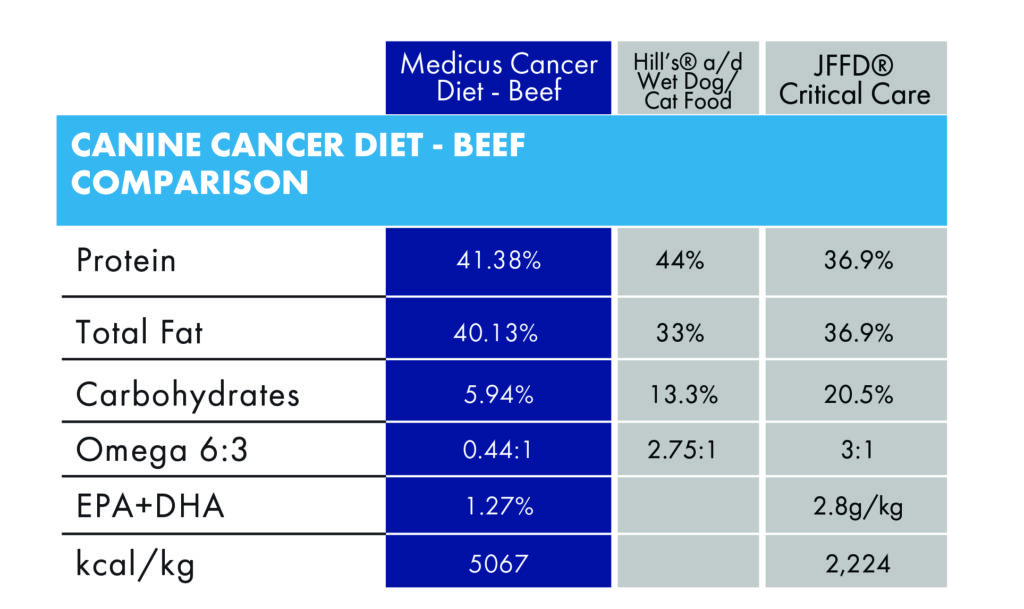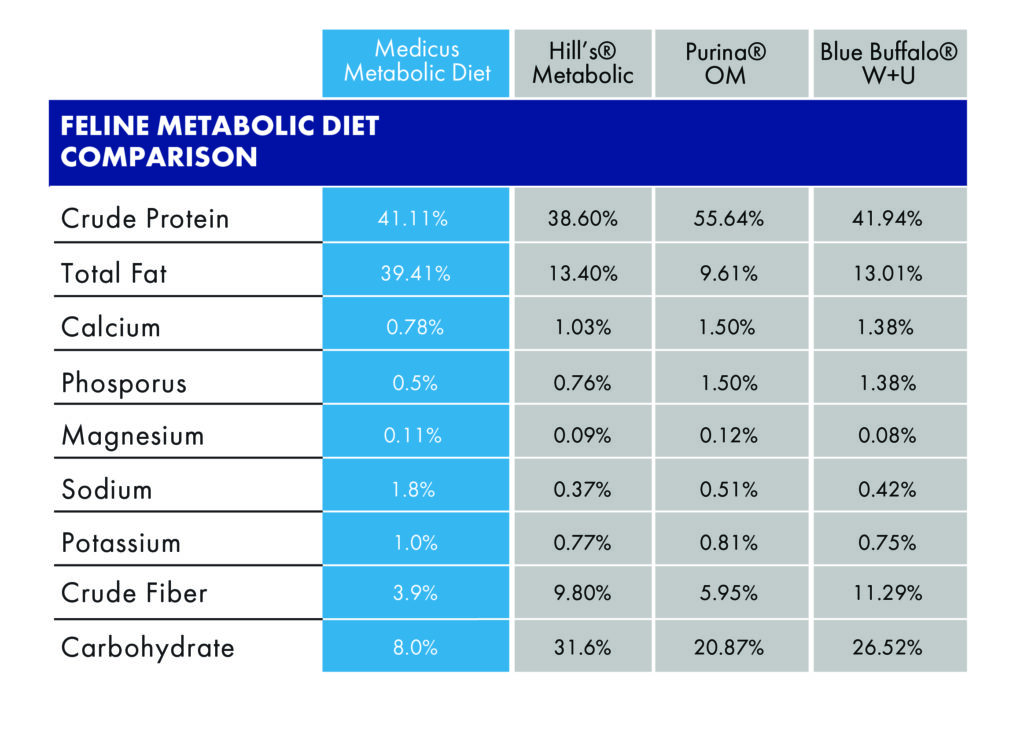- About
- Return to Menu
- Our Ingredients
- Our Approach
- The Science Behind The Diets
- Learn
- Shop
- Webinars
- Return to Menu
- Bladder Health in Cats
- Obesity, Diabetes, & Metabolic Disorders in Cats
- Chronic Kidney Disease in Cats
- Digestive Health in Canines
- Diet’s Foundational Role in Supporting a Dog with Cancer
- Diets Foundational Role In Supporting Your Dogs Skin Health
- Diet’s Crucial Role in Caring for the CKD Dog
- Contact
- For Veterinarians
- Reset Password
- Login

- Cart
- Return to Menu
- Return to Menu
- Return to Menu
- Return to Menu
The Latest Numbers Show A Growing Problem for Our Pets
1 in 2
pets are overweight or obese
1 in 2
dogs over the age
of 10 develop cancer
50%
rise in gut issues
over the past 5 years
93%
of dogs eat kibble
https://www.avma.org/resources/pet-owners/petcare/cancer-pets
https://petobesityprevention.org/
https://www.banfield.com/pet-health/state-of-pet-health
2019-2020 American Pet Product Association consumer survey
There is undoubtedly a decline in pet health. But modern science shows that by changing even 1/5 of the bowl to real food, you can significantly decrease the markers for disease. So, why is kibble so behind the times?
We Follow The Science
Study after study shows that whole food nutrition improves outcomes for our animals.
– Case studies indicate that a ketogenic diet improved cancer patients’ prognosis.
– Research suggests that a higher protein diet may improve immune metabolic health and satiety in overweight dogs.
Scientific evidence also supports nutraceuticals and synthetics when appropriate.
– Glucosamine protects the bladder wall
– Chitosan is a natural phosphorus binder
And Use It To Make Breakthroughs
We’ve created the first ever therapeutic, freeze-dried whole food diets for sick pets.
The recipes were formulated and reviewed by veterinarians, Independent Veterinary Specialists, and Independent Nutrition Consultants.
Above that, each diet went through complete, comprehensive 3rd party testing. Several rounds of AAFCO Nutrient Profile testing ensured that both macro and micronutrient levels are tending to your pet’s specific nutritional needs.
And Use It To Make Breakthroughs
We’ve created the first ever therapeutic, freeze-dried whole food diets for sick pets.
The recipes were formulated and reviewed by veterinarians, Independent Veterinary Specialists, and Independent Nutrition Consultants.
Above that, each diet went through complete, comprehensive 3rd party testing. Several rounds of AAFCO Nutrient Profile testing ensured that both macro and micronutrient levels are tending to your pet’s specific nutritional needs.
Proof By The Numbers
A look at the Nutritional Analyses for Medicus and the leading diets on the market and the numbers are comparable, if not better, which means that you can provide therapeutic nutrition with whole food without using meat meals, cellulose, or a lengthy list of synthetics.

*Note – Low phosphorus to limit the nutrients the kidney has to process, with moderate levels of highly digestible, quality meat proteins to nourish the body.
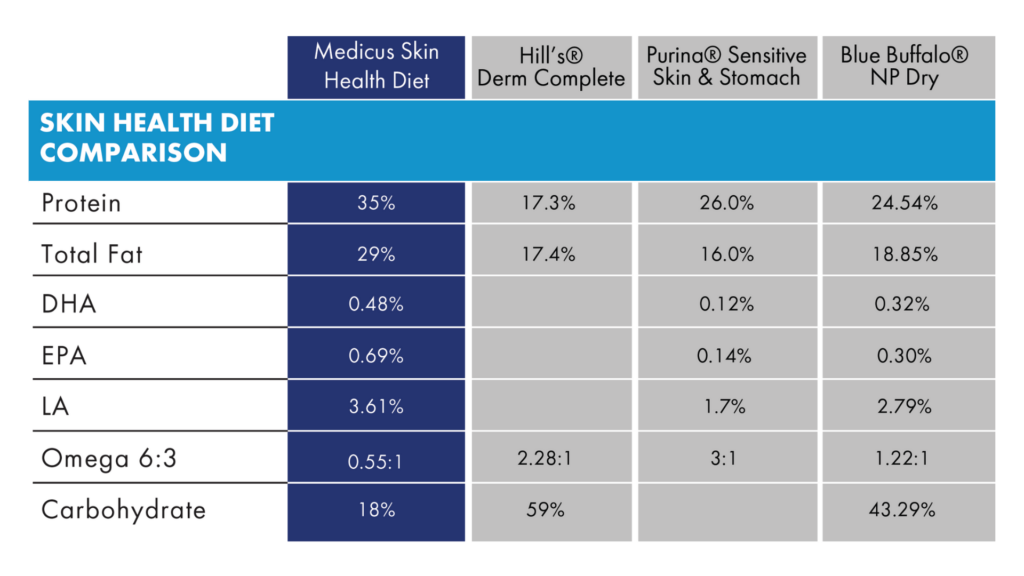
*Note – High-quality novel proteins and high levels of Omega 3 fatty acids, with an Omega 6:3 ratio of 0.55:1.
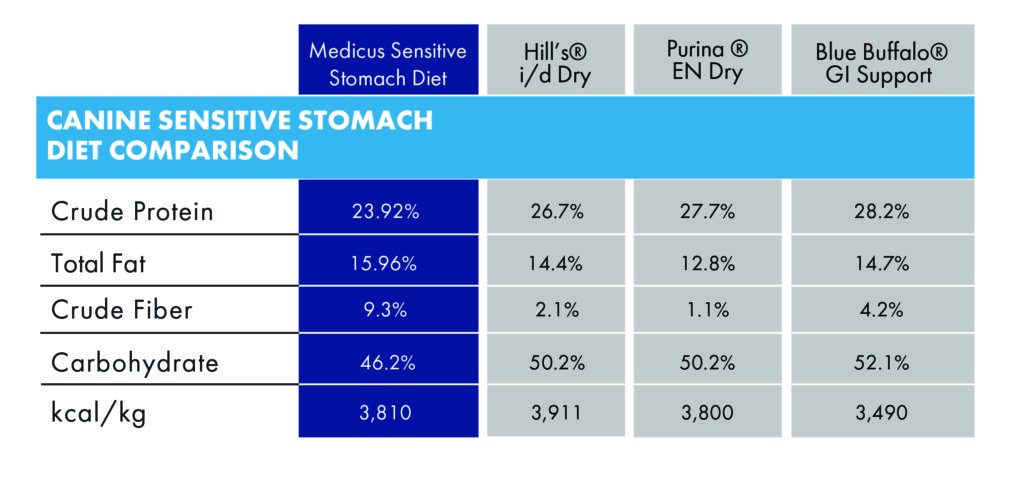
*Note – High fiber with highly digestible carbohydrates and clean, high-quality meat proteins.
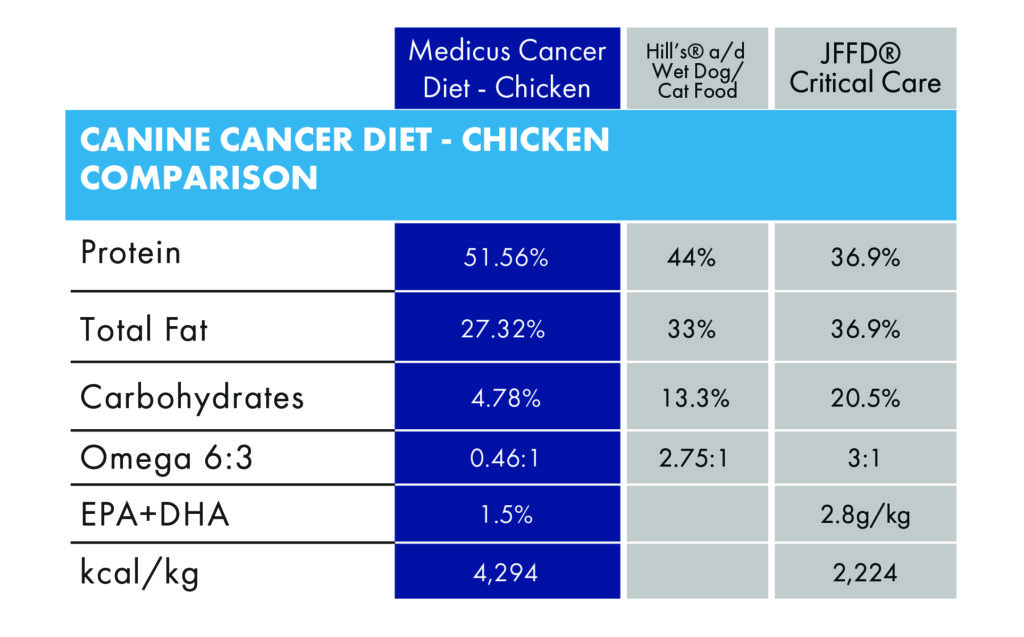
*Note – High protein from meat-based proteins, low carbohydrate, and high levels of Omega 3 fatty acids.

*Note – Low phosphorus to limit the nutrients the kidney has to process, with moderate levels of highly digestible, quality meat proteins to nourish the body.

*Note – Reduced levels of calcium and phosphorus, which make up struvite crystals.
Clinical Evidence
Clinical Evidence
The Feline Medicus Bladder Health Diet provides nutrition clinically proven to dissolve and prevent struvite stones and minimize calcium oxalate formation.
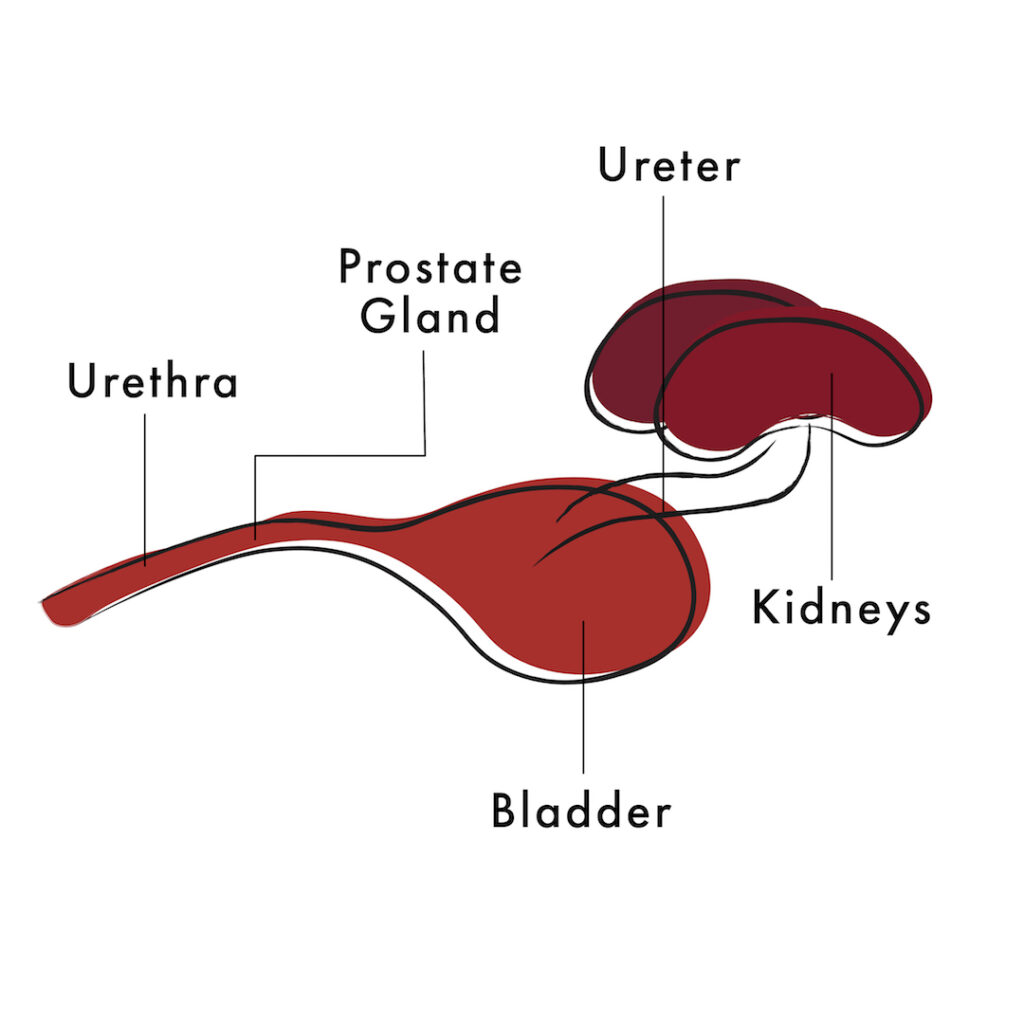
Bladder Issues in Cats
The domesticated cat originated from the desert cat and, as such, has the genetic ability to concentrate urine in the face of dehydration. When concentrating urine, the cat also concentrates minerals that make up crystals in the urine that can eventually congregate into bladder stones. Concentrated urine is also more caustic and can irritate the bladder and urethra.
Urinary issues may have more than one potential cause, making diagnosing and treating them complex.
Some potential causes of urinary issues in cats include:
- Poor diet with excessive intake of carbohydrates and not enough fluids
- Dry Diet
- Not enough fluid consumption
- Stones, crystals, or debris building up in the urethra or bladder (urolithiasis)
Supporting Bladder Health through Nutrition
RSS Testing can be used to discern the efficacy of a diet in managing urolithiasis in dogs and cats. Results can tell you whether a diet is able to manage both types of uroliths, struvite, and calcium oxalate.
Struvite (Cats)
To dissolve struvite uroliths, the ideal RSS diet for dissolution has an RSS for struvite at or <1 (i.e., undersaturated for struvite).
To aid in the prevention of struvite stones, the target is an RSS at or < 2.5 (i.e., Metastable for struvite).
Calcium Oxalate (Cats)
It is not possible to dissolve calcium oxalate stones.
The ideal RSS diet to help decrease the risk of calcium oxalate urolith formation will have an RSS for calcium oxalate <12 (i.e., metastable) and ideally < 10 (i.e., undersaturation)
Study Design
The study ran for twenty-three days and started upon initiation of the test diet. Beginning on Day 22 of the study, a 24-hour urine sample was collected from each cat for RSS analysis. On Day 23 of the study, urine volume was measured, and urine pH and specific gravity analyses were performed on the 24-hour urine sample from each cat. The urine samples were then processed and sent out for RSS analysis.
Urine pH, Specific Gravity, and RSS results: The 24-hour urine pH values ranged from 6.42 to 7.37 (avg. 6.92), urine volume ranged from 40 to 103 milliliters (avg. 64 milliliters), and specific gravity values ranged from 1.028 to 1.065 (avg. 1.052).
The Medicus Feline Bladder Diet Study Results
The RSS Struvite for Medicus Veterinary Diet Feline Bladder is an average of .26 documenting undersaturation for struvite and supporting dissolution of struvite uroliths and prevention of struvite stone formation.
The RSS Calcium Oxalate monohydrate (COM) and Calcium Oxalate dihydrate (COD) for Medicus Veterinary Diet Feline Bladder is an average of 2.64 / 1.15 respectively documenting undersaturation and supporting prevention of Calcium Oxalate urolith formation.
The Medicus Feline Bladder Diet Study Results
The RSS Struvite for Medicus Veterinary Diet Feline Bladder is an average of .26 documenting undersaturation for struvite and supporting dissolution of struvite uroliths and prevention of struvite stone formation.
The RSS Calcium Oxalate monohydrate (COM) and Calcium Oxalate dihydrate (COD) for Medicus Veterinary Diet Feline Bladder is an average of 2.64 / 1.15 respectively documenting undersaturation and supporting prevention of Calcium Oxalate urolith formation.
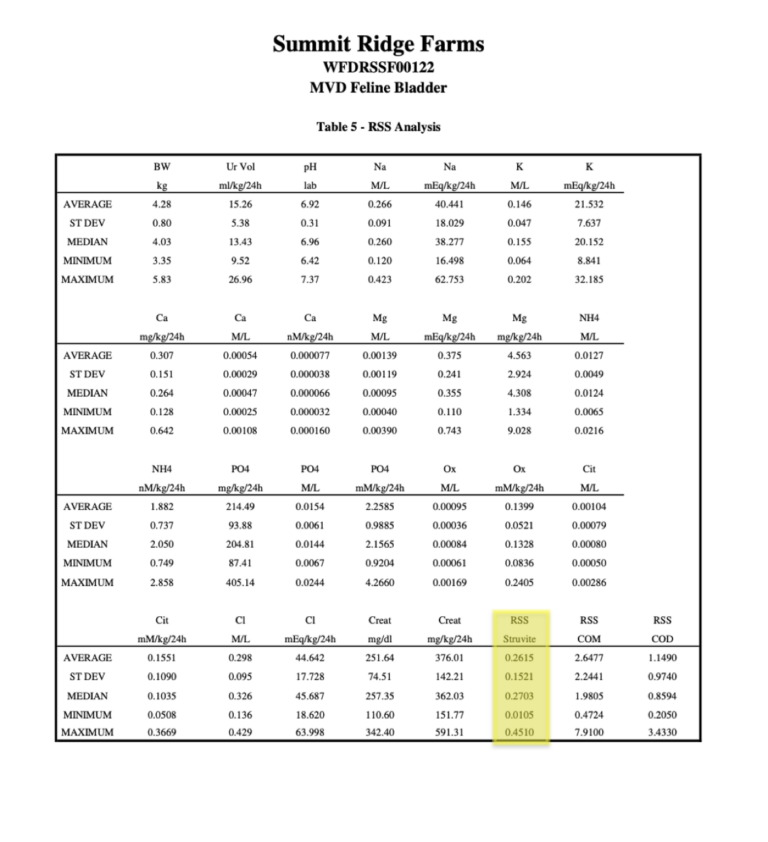
RSS for struvite at or <1 (ie, undersaturated for struvite)
Clinical evidence shows that Medicus’ Feline Bladder Health Diet carefully balances whole food nutrition and restrictive mineral nutrient concentrations to support the cat with chronic urinary issues.
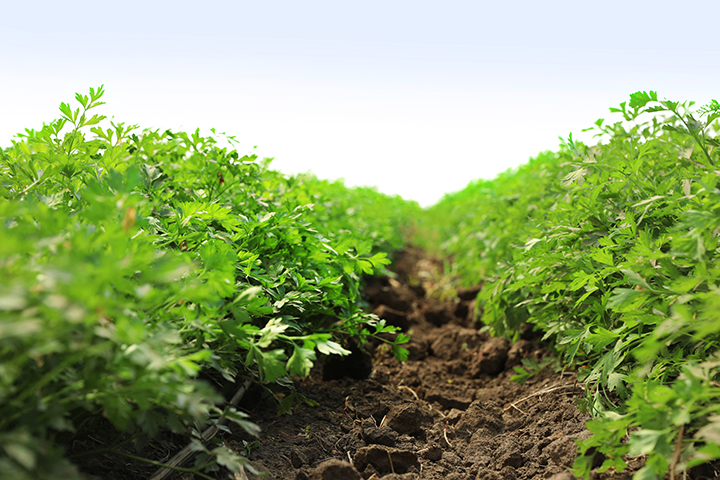
Our Ingredients
Every pet benefits from whole foods because real food functions synergistically, meaning all of the nutrients in food – the macronutrients, vitamins, minerals, and enzymes combine for an even greater effect than any could on their own.

Our Approach
Designed with an intimate understanding of the body’s innate intelligence to heal when supported by the building blocks food provides.
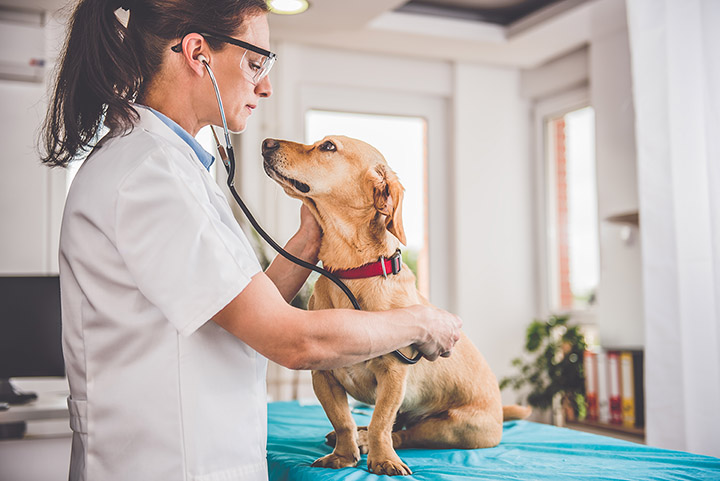
Our Network
Veterinarians who are committed to improving the health and happiness of their patients.

Our Ingredients
Every pet benefits from whole foods because real food functions synergistically, meaning all of the nutrients in food – the macronutrients, vitamins, minerals, and enzymes combine for an even greater effect than any could on their own.

Our Approach
Designed with an intimate understanding of the body’s innate intelligence to heal when supported by the building blocks food provides.

Our Network
Veterinarians who are committed to improving the health and happiness of their patients.
- Automatically re-order your favorite products on your schedule.
- Easily change the products or shipping date for your upcoming Scheduled Orders.
- Pause or cancel any time.

